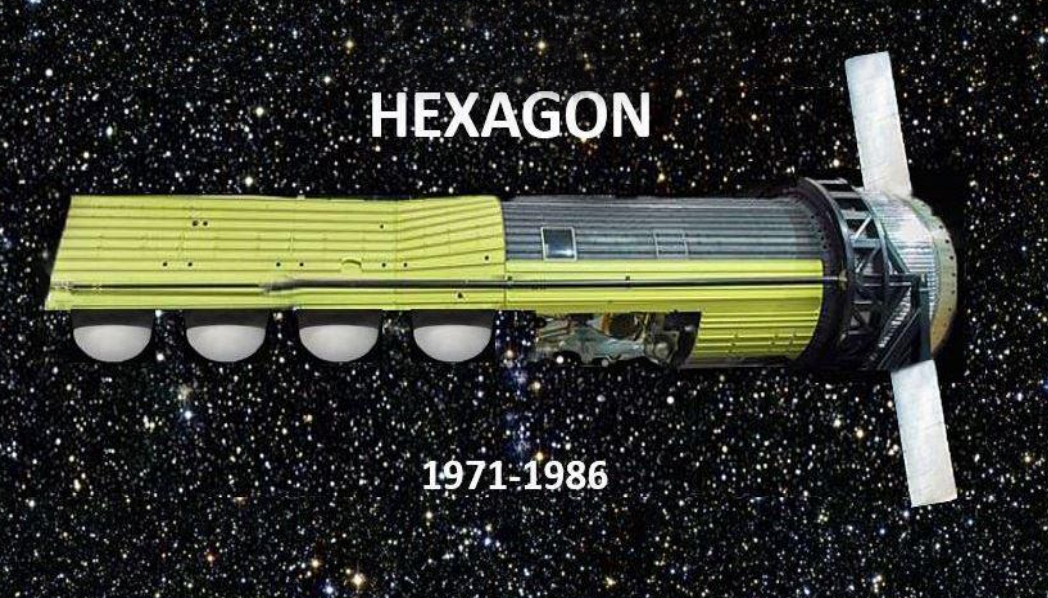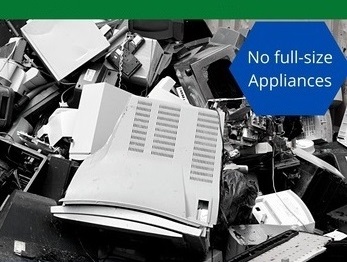Hexagon: Spies in the Sky
Reconnaissance Technology During the Cold War

Hexagon: Spies in the Sky
Reconnaissance Technology During the Cold War
During the Cold War, the US evolved reconnaissance technology, resulting in today’s real-time video capabilities. Initially, film was used in satellites to monitor treaty compliance and intelligence gathering of the Soviet Union and other “denied areas.” The vehicle, HEXAGON, was 60-feet long and took pictures from 100 miles up. The program was urgent and required cooperation between the CIA and the Air Force, guided by the National Reconnaissance Office. This unclassified briefing by someone “who was there,” gives a first-person historical look at how high-resolution images were not only taken, but returned via parachute to be caught in mid-air. Essential to success was the work of the launch team, command & control, tracking stations and the aircrews who made the daring catches of the film buckets. This program was a critical Cold War asset.
About Ricky Deutsch
His first Air Force assignment was as a B-52 maintenance officer, which included a tour in Thailand in the Vietnam War era. In the 1970’s, as a Captain, he was Operations Director for a now declassified top-secret reconnaissance satellite program called HEXAGON. From the Satellite Control Facility (aka the “Blue Cube”) in Sunnyvale, CA, his team generated mission critical commands to be sent to the satellite. He was awarded a Commendation Medal for support of this program. Following his Air Force vocation, he worked in Silicon Valley’s computer industry. Firms included Ford Aerospace & Communications Corporation, Intel Corporation and Sun Microsystems, Inc. He was a marketing manager for federal, state & local and international government clients. Ricky holds a BS in Aerospace Engineering from the University of Maryland, and Master’s degrees from USC and Santa Clara University.
Publications:
- Controlling Hexagon, QUEST – The History of Spaceflight Quarterly
- JOVIAL: The Air Force Software Solution in the years before Ada – Defense Electronics
- Jovial Simplified – Intel Corporation
- New software to focus on meeting USAF needs – Aviation Week & Space Technology
- Propelling a Pilot Airborne Recovery Device – Dept of Aerospace Engineering, University of Maryland




Get your tickets
This Event is included with museum admission.
Museum Members are Free. Just show your membership at the admissions desk.



